To provide the best experiences, we use technologies like cookies to store and/or access device information. Consenting to these technologies will allow us to process data such as browsing behaviour or unique IDs on this site. Not consenting or withdrawing consent, may adversely affect certain features and functions.
The technical storage or access is strictly necessary for the legitimate purpose of enabling the use of a specific service explicitly requested by the subscriber or user, or for the sole purpose of carrying out the transmission of a communication over an electronic communications network.
The technical storage or access is necessary for the legitimate purpose of storing preferences that are not requested by the subscriber or user.
The technical storage or access that is used exclusively for statistical purposes.
The technical storage or access that is used exclusively for anonymous statistical purposes. Without a subpoena, voluntary compliance on the part of your Internet Service Provider, or additional records from a third party, information stored or retrieved for this purpose alone cannot usually be used to identify you.
The technical storage or access is required to create user profiles to send advertising, or to track the user on a website or across several websites for similar marketing purposes.
 Over a quarter of women (27 percent) aged 40-60 in the UK, who are currently in employment and have experienced menopause symptoms – an estimated 1.2 million – say that menopause has had a negative impact on their career progression, according to new research from the CIPD. In addition, 36 percent of women with a disability or long-term health condition say their symptoms have had a negative impact on their career progression, compared with 24 percent who don’t have one. (more…)
Over a quarter of women (27 percent) aged 40-60 in the UK, who are currently in employment and have experienced menopause symptoms – an estimated 1.2 million – say that menopause has had a negative impact on their career progression, according to new research from the CIPD. In addition, 36 percent of women with a disability or long-term health condition say their symptoms have had a negative impact on their career progression, compared with 24 percent who don’t have one. (more…)




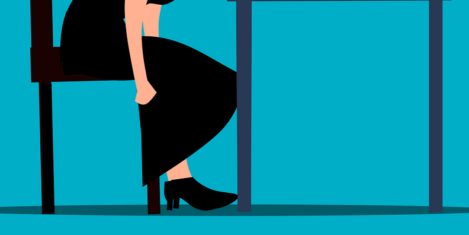


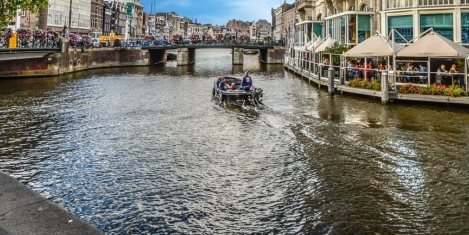
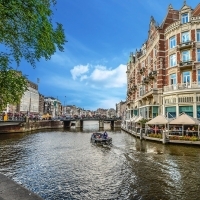
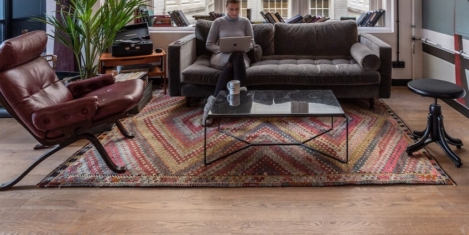
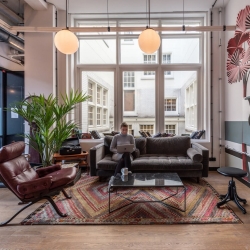
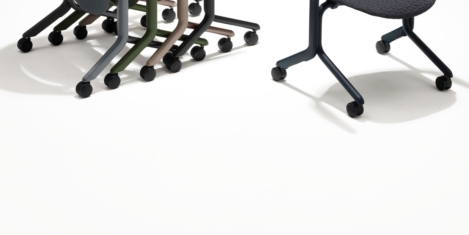
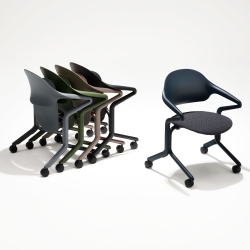
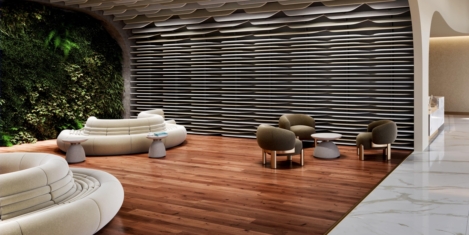
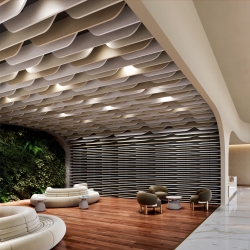
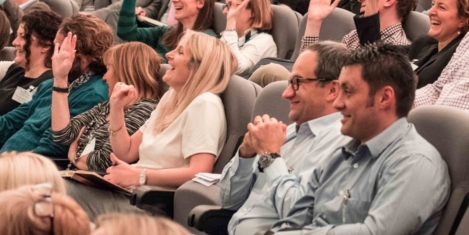
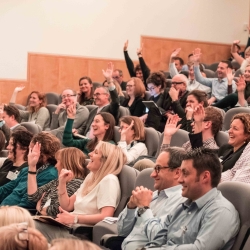
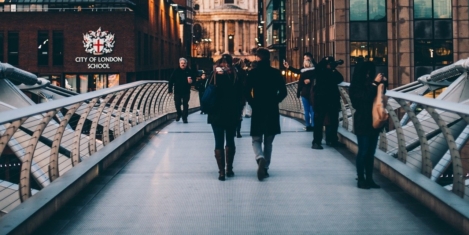

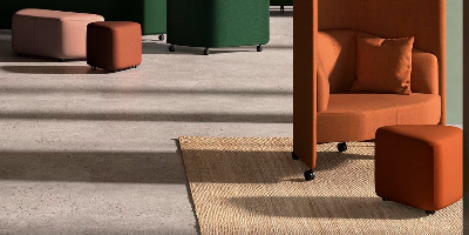
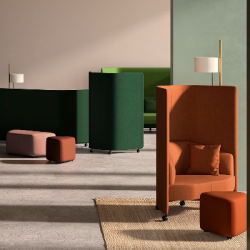
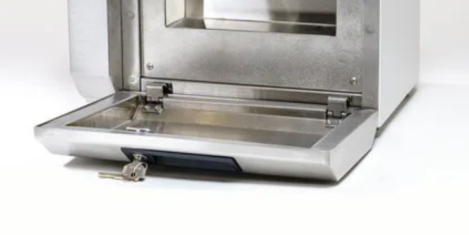
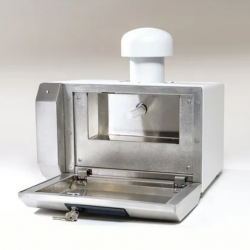
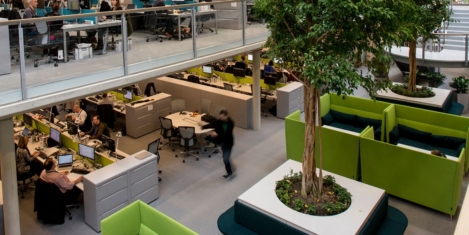
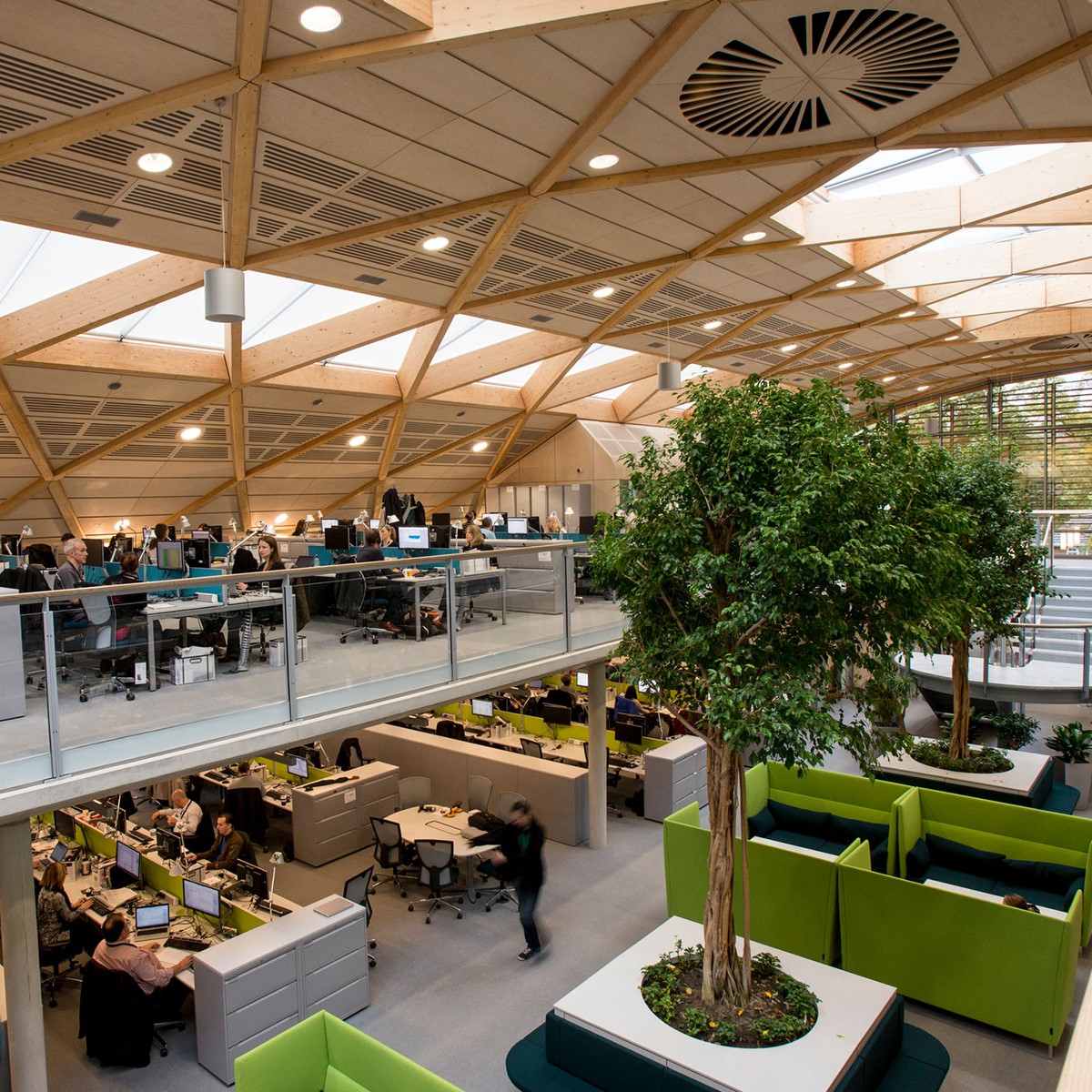









September 14, 2023
Is the Flexible Working Bill a game changer or paper tiger?
by Sam Ross • Comment, Flexible working